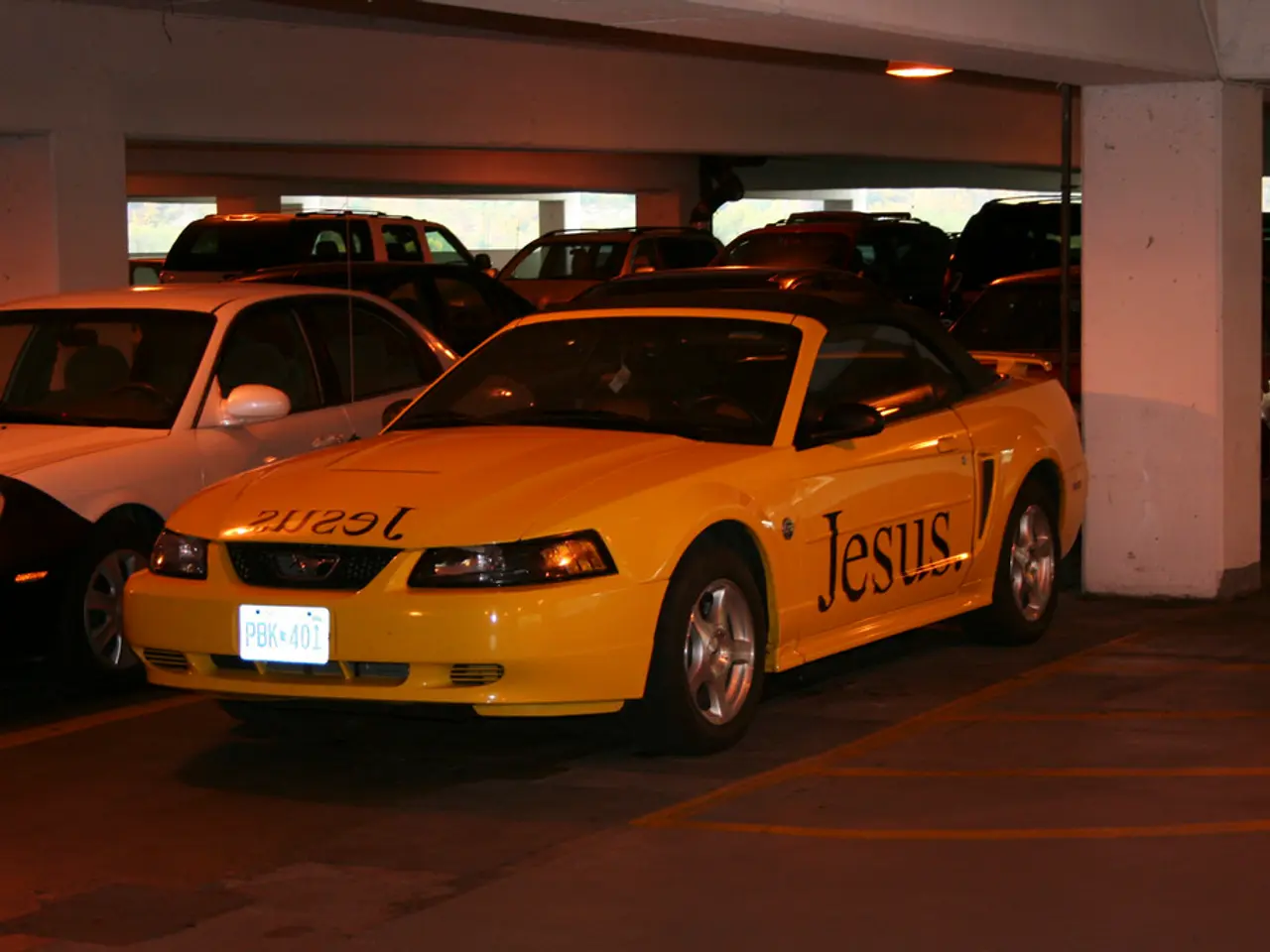Exploring the Limits of Street Parking: When Does Close Enough Become Too Close?
Parking Safely and Legally: Understanding Local Curb Distance Regulations
When parking on a hill, it's essential to take extra safety precautions to prevent your vehicle from rolling. But there's another aspect to consider: the distance between your car and the curb. While a 12-inch rule is often cited, local regulations supersede any general guidelines, and cities and municipalities have the authority to set their own parking rules.
In many jurisdictions, the standard guideline is to park within 12 inches of the curb when parallel parking. However, this distance can vary significantly, ranging from as little as 6 inches in places like Gloucester, Harrisonburg, and Norfolk in Virginia, to up to 24 inches (2 feet) in Prince William, also in Virginia.
For instance, Botetourt County, Charlottesville, and Roanoke in Virginia require a 12-inch distance, while Cape Charles and Richmond allow parking within 18 inches. It's important to note that these regulations can differ greatly from one location to another.
In Illinois, the law generally requires vehicles to park within 12 inches of the curb on two-way streets, while Arkansas regulations require parking within 18 inches of the curb.
Ignoring local parking regulations, such as parking too far from the curb, can lead to parking tickets, towing, or even more serious legal ramifications. In the event that your illegally parked vehicle contributes to an accident, you could be held liable for damages and injuries.
Beyond immediate safety concerns, curb distance regulations contribute to the overall order and efficiency of traffic flow. Vehicles parked too far from the curb can obstruct the flow of traffic, forcing other drivers to swerve unexpectedly.
In addition to the distance from the curb, local rules may also govern the space between vehicles when parallel parked, which varies between 2 feet and 4 feet depending on the jurisdiction.
Modern vehicles are equipped with parking sensors that can assist you with maneuvering into tight spaces. Another crucial consideration is accessibility for emergency vehicles. Fire trucks, ambulances, and police cars need clear pathways to respond quickly to emergencies.
Many cities have designated street cleaning days, during which parking is prohibited on certain streets to allow for street sweepers to operate. Loading zones are also designated areas reserved for vehicles actively loading or unloading goods or passengers. Parking regulations in these zones may differ from standard curbside parking rules.
The most important thing to remember is that local regulations must be consulted to determine the specific parking regulations in your area. By adhering to these regulations, you can ensure a safer, more efficient, and less stressful parking experience for everyone.
Here's a summary table of the required distance from the curb in various locations:
| Location/State | Required Distance from Curb | |-----------------------------|----------------------------| | Gloucester, Harrisonburg, Norfolk, VA | 6 inches | | Botetourt County, Charlottesville, Roanoke, VA | 12 inches | | Cape Charles, Richmond, VA | 18 inches | | Prince William, VA | 24 inches (2 feet) | | Illinois | 12 inches | | Arkansas | 18 inches |
- When not focusing on safety while parking on a hill, remember to also consider the curb distance regulations set by local authorities.
- In addition to parking regulations, curb distance guidelines can vary significantly among different states and cities, such as in Virginia, Illinois, and Arkansas.
- Beyond parking vehicles the correct distance from the curb, rules may also govern the space between parallel parked vehicles, which can differ from one jurisdiction to another.
- In the realm of lifestyle, understanding local curb distance regulations not only promotes a safer and more efficient traffic flow but also contributes to the fashion-and-beauty of well-maintained urban landscapes, the food-and-drink culture of seamless traffic flow, the home-and-garden appeal of organized communities, and the sports spirit ofzippy traffic performance.




